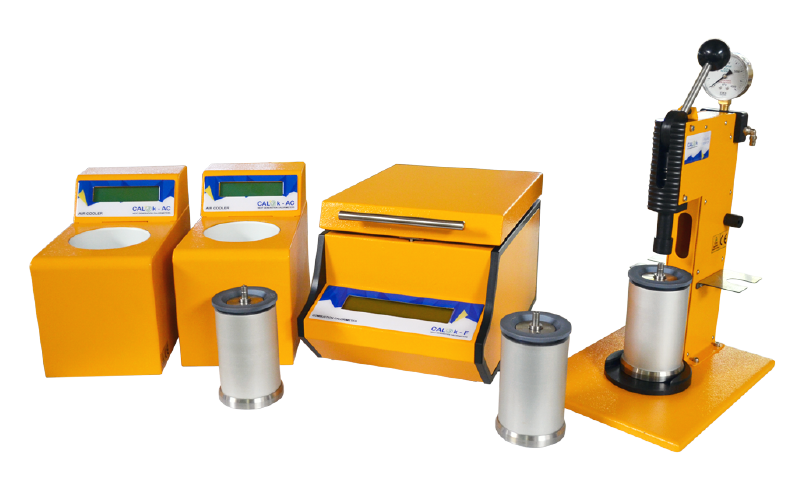USING OLIVE RESIDUES AS AN ALTERNATIVE FUEL
Utilization of olive waste products for energy
The processing and production of the olive fruit produces a large amount of by-products, including liquid and solid wastes arising from olive oil extraction and the production of table olives. The disposal of olive waste without any treatment is known to cause environmental problems.
Olive mill wastes are produced in large amount as a by-product and could be used as fertilizer or soil conditioner, as a herbicide or pesticide, as animal feed or in human consumption, for residual oil recovery, for organic compounds recovery, for the production of various products (alcohols, biopolimers, activated carbons, etc) and for energy generation.

GENERATING ENERGY FROM OLIVE WASTES
Waste treatment technologies aimed at energy recovery may present an interesting alternative for a sustainable disposal of residues from olive oil production, able to reduce environmental impact and to generate electrical energy for sale or to satisfy the needs of olive mills.
The residual biomass of olive processing with potential energy use is classified into two groups. The first group is constituted by residual biomass produced during olive tree culture (pruning and harvest residues). The second group is constituted by residual biomass produced during the various stages of olive oil extraction. Depending on the extraction system, the available energy from the by-product is different.
The olive biomass can be characterized by an average heating value of 19,000 kJ/kg. The by-product from olive waste presents a favorable aspect in the use for energy and ensures annual production, relative concentration in a place, proper humidity conditions, low sulfur content, and other harmful emissions, and a high thermal value.
There are various methods that the olive wastes can be utilized for renewable energy, which include briquetting and combustion, or co-combustion.
Briquetting is a low-cost technique used to combine the materials into fuel blocks to be transported and utilized as a solid fuel. Different biomass products have been considered for bio-briquetting, including solid olive-mill waste. Here, one has to consider the shattering index, compressible strength, water resistance, combustion characteristics, and emission of pollutants. To improve the properties of the olive residues, it is added to paper waste for briquetting. Briquettes offer a substantially better alternative to coal.
Co-combustion of solid olive-mill waste refers to the use of one or more addition fuels like wood or coal simultaneously in the same combustion chamber of a power plant. This is seen as the most cost-effective approach. Solid olive-mill residues have similar density, heat release and general burning characteristics as that of coal.
Olive residues can be considered an alternative fuel which contains a small amount of sulphur. The calorific value of an olive cake can be compared to that of wood and soft coal.
The efficient use of olive residues and waste in energy production solves two problems: clean energy production and acceptable disposal of olive mill waste.
Some rural homes have traditionally used olive wood cuttings to fuel domestic fires. The energy-rich olive stones left behinds one the pulp has been extracted have also been used to power boilers. Every hectare of olive grove generates approx. 3 tons of olives as well as around 3 tons of pruned wood annually. Several times a year olive farmers prune their trees to stimulate growth and ensure they remain disease free.
The y-product produced during the extraction of olive oil is processed by refineries to get a second grade oil, a solid residue is also produced. Big olive oil makers are using this as fuel at olive oils mills and other plants. People are now realizing it can be used to heat homes, hotels and towns.
The by-product does not have the calorific value of petroleum, but it costs only one third of its price and is considered ecological as it does not emit sulphur when burned. A by-product of this wood is a powder. This powder can be turned into briquettes the size of a roll of coins and are now widely used at barbecues and restaurants to replace charcoal since they ignite immediately, with no sparking and no smell.
CONCLUSION
The oxygen bomb calorimeter is used to measure the heat released during the burning of the olive pits, pulp, and wood cuttings during the olive oil extraction process. The bomb calorimeter measures the calorific value of each substance or sample, to give an indication of it's burning rate, heat release and quality as a renewable fuel. The calorimeter is vital in discovering new products to be used for renewable fuel, and helping find ways to reduce emissions and save our environment by using renewable sources of energy.
CALORIMETERS USED FOR RENEWABLE ENERGY STUDIES
The following calorimeters are used to analyze renewable energy sources and samples

CAL3K-F CALORIMETER
A flexible system for low to high throughput without compromising on accuracy and repeatability. It is used in Food/Feed Analysis, Alternative Energy, Scientific Determinations, Coal and Oil Production, research and Quality Assurance. In short : where the calorific value of a solid/liquid sample must be determined.
View Product
CAL3K-A CALORIMETER
The CAL3K-A is best suited for a production environment with shared oxygen supply (to other users) and robust handling. One external oxygen filling station can service multiple CAL3K Calorimeter Systems. The DDS Calorimeters range can be used to determine the calorific value of solid and liquid combustibles including oil, coke, volatile fuels, biomass, plastic, coal, animal feeds and food stuffs.
View Product

